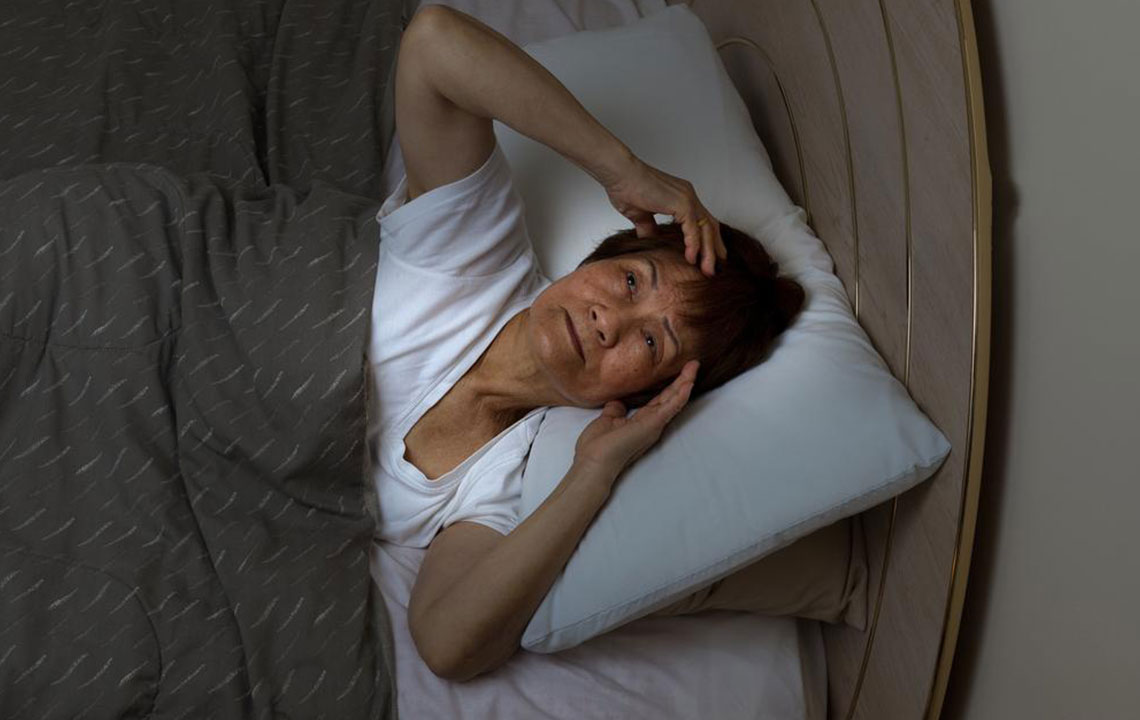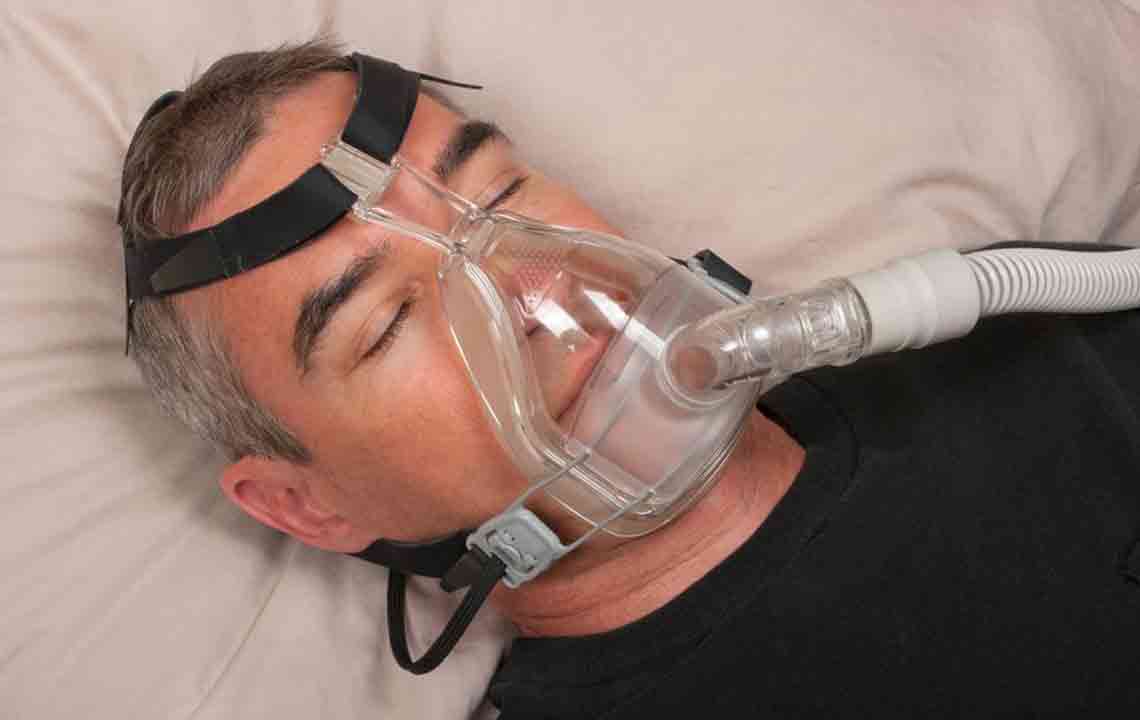In-Depth Guide to Restless Leg Syndrome: Causes, Symptoms, and Effective Management Strategies
This comprehensive guide explores Restless Leg Syndrome (RLS), highlighting its causes, symptoms, and effective management strategies. It covers genetic factors, lifestyle influences, medical treatments, and practical tips for living with RLS. Understanding the condition enables better control and improves quality of life through informed choices and appropriate care. Suitable for those affected or seeking to learn about this neurological disorder, this article offers valuable insights for managing RLS effectively.

Restless Leg Syndrome (RLS), also known as Willis-Ekbom disease, is a neurological disorder that has gained increasing attention due to its impact on sleep quality and overall well-being. Characterized by an irresistible urge to move the legs, often accompanied by uncomfortable sensations such as tingling, burning, or crawling feelings, RLS can significantly disrupt daily life for those affected. Although it is more often observed during periods of rest or sleep, the condition can also manifest during periods of inactivity or relaxation throughout the day, impacting productivity and mental health.
Understanding Restless Leg Syndrome: What It Is and Who It Affects
RLS is a sensorimotor disorder involving abnormal sensations in the legs and the neurological reflexes that prompt movement. The primary hallmark is the compelling need to move the legs to relieve the discomfort. This compulsion often worsens during evening or nighttime hours, making it difficult for sufferers to fall asleep or stay asleep, leading to chronic sleep deprivation.
People of all ages can develop RLS, but it is most common among middle-aged and older adults. Women are slightly more affected than men, partly due to hormonal changes during pregnancy and menopause. Estimates suggest that approximately 7-10% of the population worldwide experience some degree of RLS, with varying severity.
Causes and Factors Contributing to Restless Leg Syndrome
The exact cause of RLS remains largely unknown, but research has identified several factors and underlying health conditions that contribute to its development:
Genetic Predisposition: Family history is one of the most significant risk factors. If relatives have RLS, an individual’s likelihood of developing the condition increases significantly.
Neurological and Brain Chemistry Abnormalities: Dysregulation of dopamine, a key neurotransmitter involved in movement control, plays a crucial role in RLS. Disruptions in dopamine pathways are observed in affected individuals.
Chronic Health Conditions: Conditions like Parkinson’s disease, iron deficiency anemia, kidney failure, and peripheral neuropathy are linked to secondary RLS.
Medications: Certain drugs such as anti-nausea medications, antihistamines, antidepressants, and antipsychotics can trigger or worsen symptoms.
Pregnancy: Hormonal changes during pregnancy, especially in the third trimester, can induce RLS symptoms, which often resolve postpartum.
Lifestyle Factors: Excessive alcohol consumption, smoking, and caffeine intake can exacerbate symptoms or increase susceptibility.
Sleep Deprivation and Stress: Poor sleep hygiene and high stress levels tend to heighten the severity of RLS symptoms.
Recognizing the Symptoms of RLS
Symptoms of Restless Leg Syndrome typically include:
An uncontrollable urge to move the legs, often described as uncomfortable sensations like tingling or crawling.
Symptoms worsen during periods of rest or inactivity, particularly in the evening or at night.
Relief is usually obtained through movement such as walking, stretching, or massage.
Sleep disturbances due to discomfort, leading to difficulty falling asleep or frequent awakenings.
In some cases, symptoms may extend to arms or other parts of the body, though this is less common.
Recognizing these signs early and consulting healthcare providers is vital for effective management and improving sleep quality.
Diagnosing RLS: Tests and Criteria
Diagnosis primarily involves a thorough medical history review and physical examination. Healthcare providers may perform blood tests to assess iron levels and rule out other conditions mimicking RLS. There are specific diagnostic criteria established by the International Restless Legs Syndrome Study Group that include:
The urge to move the legs accompanied by uncomfortable sensations.
Symptoms worsening during periods of rest or inactivity.
Symptoms are partially or completely relieved by movement.
Symptoms are more severe in the evening or at night.
Underlying medical or sleep conditions are identified as potential causes.
Polysomnography, a sleep study, may be recommended in complex cases to observe sleep patterns and rule out other sleep disorders.
Effective Management and Treatment Strategies
While there is no cure for RLS, multiple treatment options can significantly alleviate symptoms and improve quality of life. The approaches often include lifestyle modifications, medications, and alternative therapies.
Lifestyle and Home Remedies
Regular Exercise: Engaging in moderate physical activity can reduce symptoms; however, excessive or strenuous exercise might worsen discomfort.
Sleep Hygiene: Establishing a consistent sleep schedule, creating a relaxing bedtime routine, and ensuring a comfortable sleeping environment help minimize symptoms.
Avoid Stimulating Substances: Limiting caffeine, alcohol, and nicotine intake, especially in the evening, can lessen symptom severity.
Relaxation Techniques: Techniques such as yoga, meditation, and leg massages can relax leg muscles and reduce discomfort.
Dietary Adjustments: Consuming a balanced diet rich in iron, magnesium, and folate supports nerve and muscle health.
Medical Treatments
Dopamine Agonists: Medications like pramipexole and ropinirole are commonly prescribed to manage severe symptoms, particularly when sleep is significantly affected.
Anti-Seizure Drugs: Gabapentin and pregabalin may be effective, especially when pain or nerve discomfort is prominent.
Iron Supplements: For those with iron deficiency, supplementation can improve RLS symptoms, as iron plays a key role in dopamine production.
Pain Relievers: Occasionally, analgesics or muscle relaxants are used for severe cases.
Addressing Underlying Conditions: Managing diseases like diabetes or kidney problems can help reduce RLS severity.
Emerging and Complementary Therapies
Some patients find relief through alternative treatments such as acupuncture, essential oils, and biofeedback. While these lack extensive scientific validation, they may offer additional symptom relief when combined with conventional medicine.
Living with RLS: Coping and Support
Living with Restless Leg Syndrome can be challenging, but adopting effective coping mechanisms and seeking support can make a significant difference:
Joining support groups provides emotional support and practical tips from others facing similar challenges.
Educating oneself about the condition helps in managing expectations and adhering to treatment plans.
Keeping a symptom journal helps track triggers and response to treatments.
Open communication with healthcare providers ensures personalized treatment adjustments and better management outcomes.
Conclusion: Enhancing Quality of Life with Proper Management
Restless Leg Syndrome is a complex neurological disorder that can greatly impact sleep, mood, and overall health. While it may not be curable, a combination of lifestyle modifications, medical interventions, and emotional support can control symptoms effectively. Early diagnosis and proactive management are key to reducing discomfort and improving daily functioning. If you experience persistent leg sensations or sleep disturbances, consulting a healthcare professional is crucial. With proper care, individuals with RLS can lead healthier, more comfortable lives.





